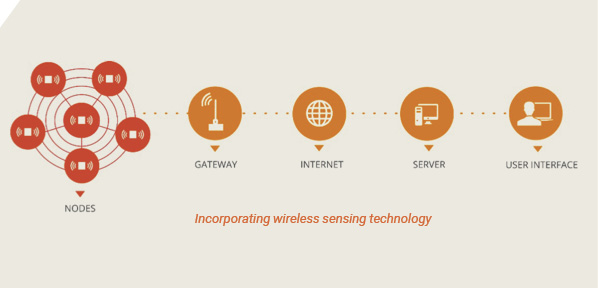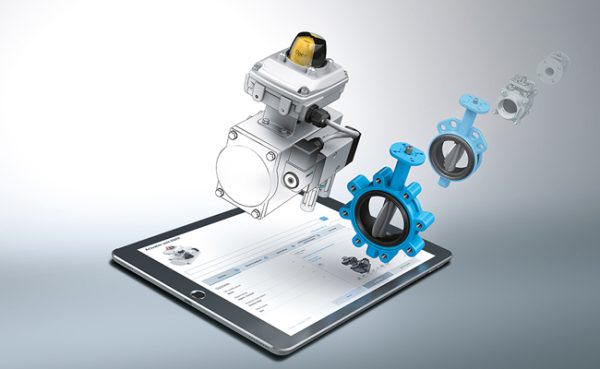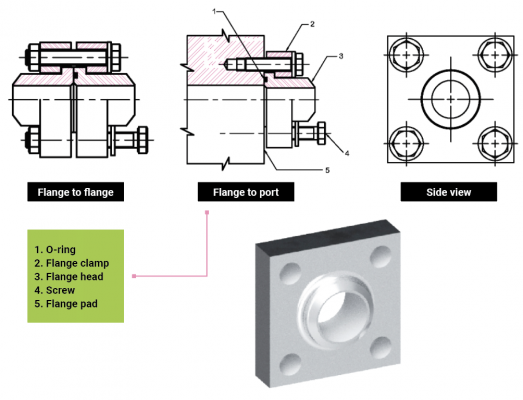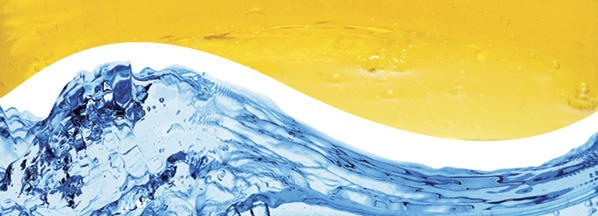How Long Can Ball Valves Last? 5 Questions to Find Out
 By George Packard, Vice President of Marketing, Gemini Valve
By George Packard, Vice President of Marketing, Gemini Valve
Ball valves are designed for the on/off control of various types of media. Regardless of the ball valve’s intended use, at least some degree of wear and tear is to be expected. But is there a way to predict a valve’s actual service life?
The short answer is yes, to some extent. There are several factors that will affect a ball valve’s longevity, which is why the majority of manufacturers don’t set lifespan guarantees. Every application, environment, and use case will be different, but you can get a ballpark idea of how long a ball valve will last by considering five questions.
- What type of media are you working with?
Ball valves provide on/off control for gases and liquids, such as, water, oil, chemicals, and air. It’s best to avoid abrasive media, or media with suspended particulates. The abrasiveness of the media can result in premature valve seal failure, which can cause leaks. The valve operating torque could also rise and cause the actuator to fail.
- What is the material construction of the ball valve?
The type of liquid or gas you’re working with determines the proper materials for your ball valve. The valve body and seals must be made of materials that are compatible with the temperature, pressure rating, and chemical makeup of the media flowing through the valve.
Here are some of the most common materials used to manufacture ball valves.
Metal. Metals like stainless steel, brass, and bronze are corrosion resistant and highly durable. Metal ball valves are the recommended choice for applications with high temperatures and are the safest and best option for pressurized gases.
Polyvinyl chloride (PVC). PVC is a type of plastic known for its flexibility. Although more flexible than metal ball valves, PVC ball valves are not usually as durable and cannot withstand high pressures or high temperatures over 140°F (60°C). Compared to other options, PVC ball valves typically have shorter lifespans.
Polytetrafluorethylene (PTFE). Most ball valve seals are made using PTFE, as it is compatible with almost every type of media. PTFE has a high melting point, but if your application involves very high temperatures, you should look toward metal and ceramic seal options.
Elastomers. Certain ball valve designs will incorporate Viton and EPDM elastomers. However, these are not compatible with all types of media, so it’s important to check compatibility first.
Ultimately, you should always make sure that the valve body and seal materials are safe for your application. The Cole-Parmer Chemical Compatibility Database is a helpful resource for identifying the chemical compatibility between media and valve components.
The origin of the ball valve materials is also important. Some resellers source products from manufacturers all over the world, and design flaws or inconsistencies are always a possibility. Domestic manufacturers typically offer more reliable products.
- What are the temperature and pressure ratings?
The valve media pressure and temperature influence the type of valve materials you should use. This is referred to as the pressure/temperature rating. As the media temperature increases in the valve, the pressure must decrease, and vice versa. These factors combined with cycle frequency affect the longevity of the ball valve.
Ball valves used in applications that are close to the defined pressure and temperature ratings can last many years if the valve is infrequently cycled. If the valve is cycled more frequently, the same valve in the same application may have a shorter lifespan or need more servicing. Ball valves that operate near the upper limits of the valve’s pressure and temperature ratings typically yield fewer cycles. Reach out to the valve manufacturer if you need further details.
- What type of actuation do you need?
Ball valves can be powered through manual operation or with actuators. Manual ball valves require an operator to turn the lever or handle on the top of the valve. Because an operator must control the valve, these are not the right choice for high-cycle applications or valves that are located in difficult-to-reach places.
Actuated ball valves are the automated option. In most applications, the actuator will long outlast the ball valve. A number of power sources are available for ball valves.
- Electric-actuated ball valves, also called motorized ball valves, are recommended for low-cycle applications that don’t have access to compressed air. This type of actuation offers slower index times to help prevent water hammer in high-pressure situations.
- If you have access to compressed air, you may be able to use pneumatic-actuated ball valves. These are primarily used for applications that require high durability and fast cycle times, and are one of the most durable choices.
- Hydraulic-actuated ball valves are similar to pneumatics, but can offer more torque output. Hydraulics may require additional components and are typically more expensive than other options.
- What level of maintenance are you comfortable with?
If you’re looking to maintain your ball valves, you should select a valve designed for serviceability. Three-piece ball valves are designed so that the seals and center section of the valve can be safely and quickly replaced, making them the optimal choice for applications that could cause extreme wear and tear. One-piece and two-piece ball valves should be replaced instead of repaired, since they are not designed to be taken apart.
High-quality actuators typically last the lifespan of several different ball valves. Often the first components to fail in an actuated ball valve assembly are the soft seals, which can cause a leak from the stem seal or seats when the valve is in the off position. The valve should be replaced or repaired at this time, but the actuator can remain in service to power the new valve. Replacement ball valves usually cost less than the initial actuated ball valve assembly. You should expect to replace the ball valve more frequently than the actuator.
With the right valve design and material construction for your application, you can ensure that your ball valves spend as much time in service as possible and that you’re getting the most value out of your investment.
For more information, visit www.geminivalve.com/store/electric-actuated-ball-valves.







